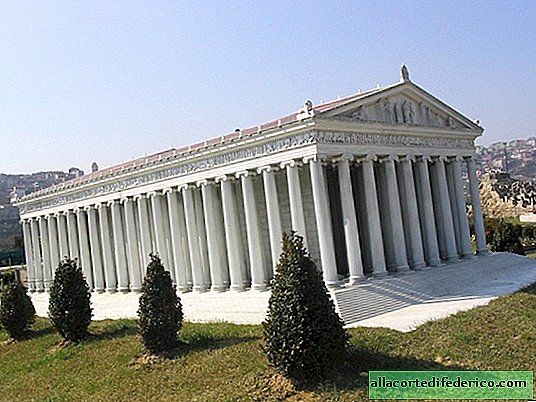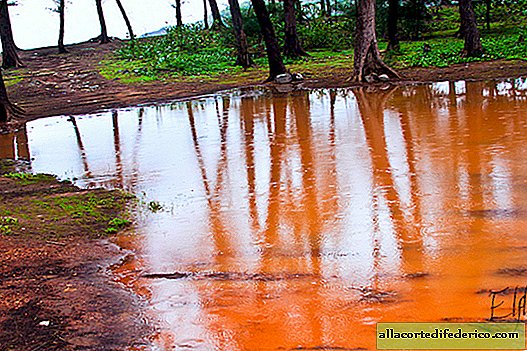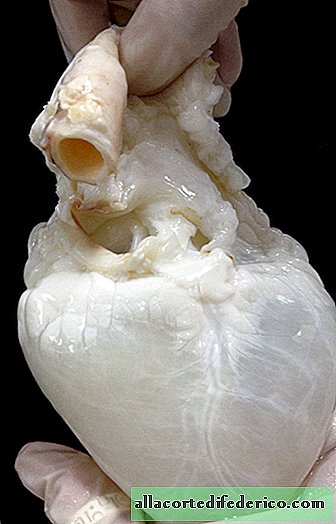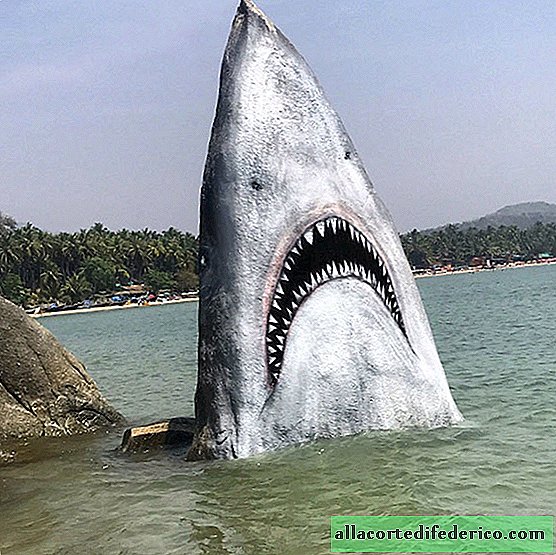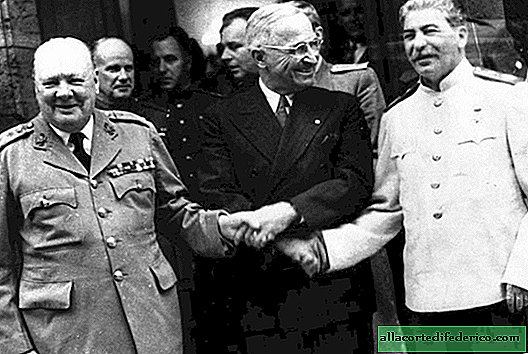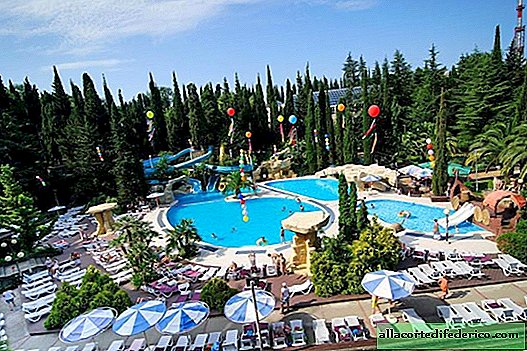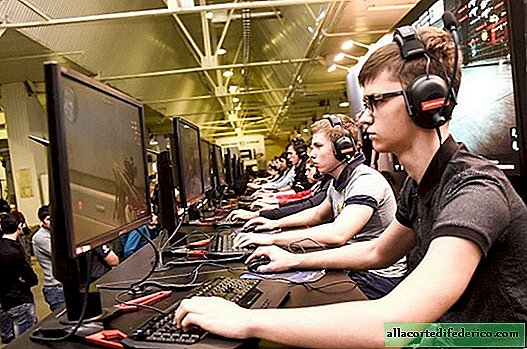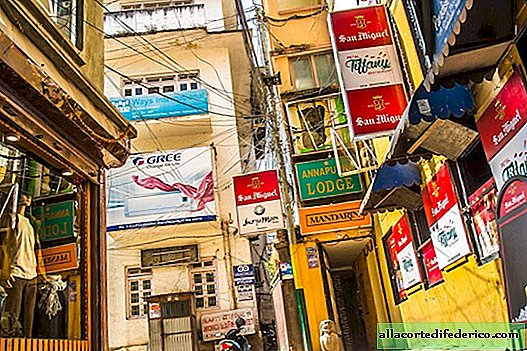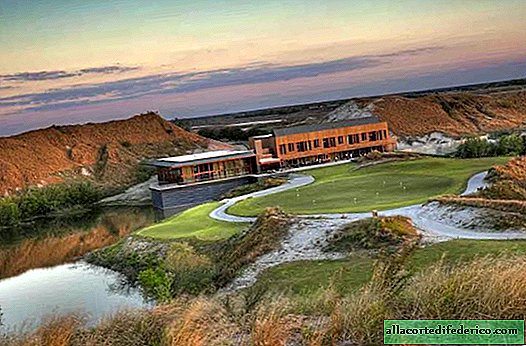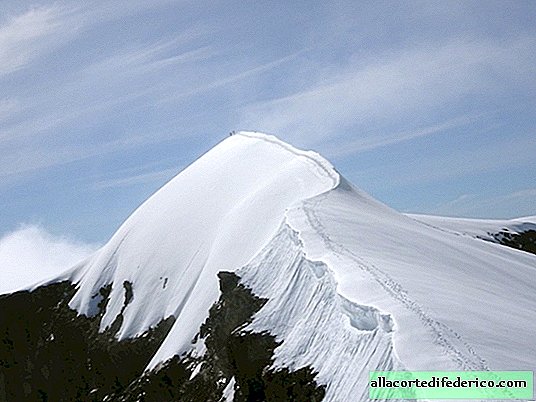Abandoned facilities of the 1984 Olympic Games in Sarajevo
Another example of the uselessness and abandonment of Olympic facilities is Sarajevo, where the 1984 Winter Olympics took place. But unlike Athens, there is a completely different story and reasons. Less than ten years after the end of the games in Yugoslavia, war broke out, and this territory went to Bosnia. During the fighting, many Olympic facilities were completely destroyed or abandoned and fell into deep decline. What is happening with them now, you can see in this post.

The symbol of the Olympics was chosen in an open competition in which the Slovenian illustrator Josef Trobets won, and the wolf cub Vuchko became the symbol.

Another symbol of the Olympics is the angular snowflake, which still adorns the urban landscape of Sarajevo. To this day, the wolf cub and the snowflake are in high demand among tourists, even now you can buy paraphernalia with these symbols in souvenir shops and antique stores. For example, I bought a magnet with Vuchko. In Athens, I have not seen this, although the Olympics there were held not so long ago regarding Sarajevo.

The objects of the Olympic Games are scattered in different parts of the city and beyond, therefore, to see everything, you need a very good shake and spend a lot of time. Given that we were in our car, it took almost the whole day. For those tourists who are going to Sarajevo without a car, keep in mind that no public transport goes to these sites. There is an option to buy a guide that will cost a pretty penny, a taxi or get on the go. The most easily accessible facility - the stadium, where the opening and closing ceremonies of the games took place, is located in the very center of Sarajevo. Nearby is a pole with the symbols of the Olympic Games, which is now used to advertise McDonald's, whose logo is placed on the side.

The park and the area near the stadium during the war turned into a cemetery.
Now this territory looks like this.

Another photo. Against the background of the Koshevo stadium, where all the ceremonies were held.

The stadium was finally restored in 1998. But, unfortunately, not all Olympic venues have found a new life.

The next interesting object is the bobsleigh and toboggan runs in Mount Trebevic. At the entrance to them you can see the elements of the gutter, which, apparently, served as a demonstration.

Interestingly, Yugoslavia has never had a bobsledding sport, so the track was built from scratch, and team members were recruited from other sports.
The track, built in just a year, became the pride of Yugoslavia. Surrounding Mount Trebevich, she repeated her natural landscape.

For the construction, which was carried out according to all international standards, they spent a record $ 10 million at that time. In the future, it was planned to create a sports school on its basis and continue to train athletes of Yugoslavia for the next competitions. By the way, the World Cup competitions and national championships were still held on this bobsleigh track.

But 1991 came. During the war, the military used a steep, modern track with comfortable sides to organize artillery firing points.

Now it has become a favorite place for adventurers, as well as creativity and connoisseurs of street art. I am not a fan of such art, but in places it’s very beautiful.
Honestly, before getting to know this track, I was never fond of bobsleigh and did not even think that the trench was designed so as to be able to change the configuration of the track.

This is how the systems providing this feature look.

It is advised not to leave the concrete gutter; mines can still be found in the forest.

During our walks, we met one man with a metal detector, who, apparently, was engaged in their search. The treasure in these places can only be found such.

By the way, from the very top of Mount Trebevich, a stunning view of the whole city opens.

The most distant object is the ski jumps in the town of Malo Pole on Mount Igman.

On the way to the ski jumps, you can see the Igman Hotel, built for the Olympic Games. The building is huge and with unusual architecture. During the war, it was used by Muslim Bosnians as a prison for Serbian soldiers. As a result, in 1993 the building, used for less than 8 years, was burned down. After the war ended, the government tried many times to sell the hotel. In 2004, the price was 2.5 million euros. No buyers were found, which is not surprising.

A little more from the hotel - and you are already near the jumps.

The most interesting thing can be seen if you climb to the very top.


The building where the judge and the media were located.

Now only the landing area is used, sports attractions for children are installed here, but the place is not very popular.


